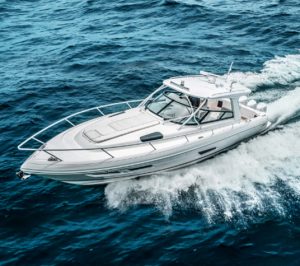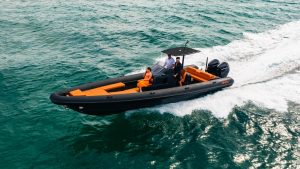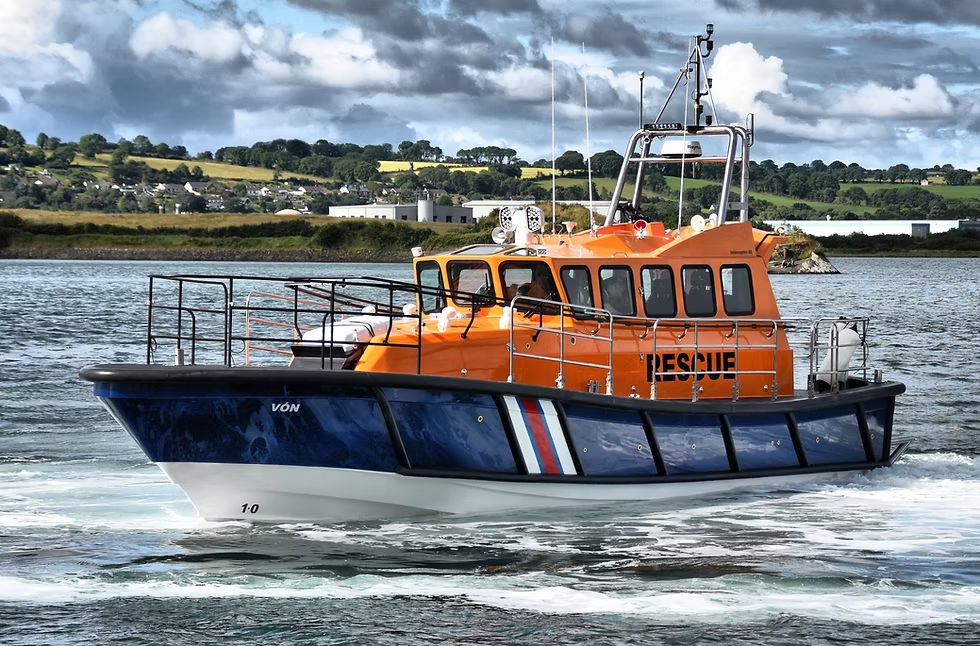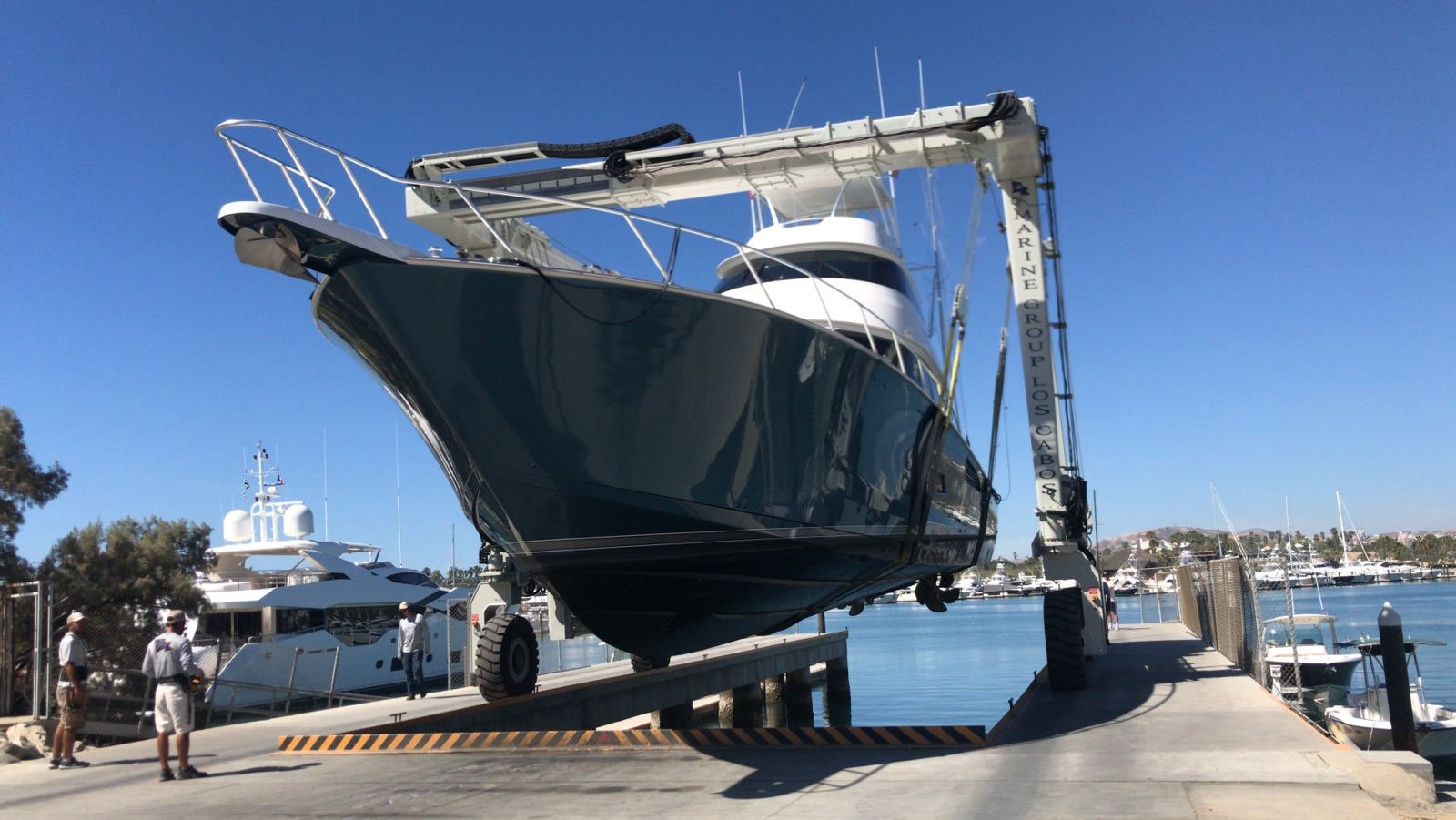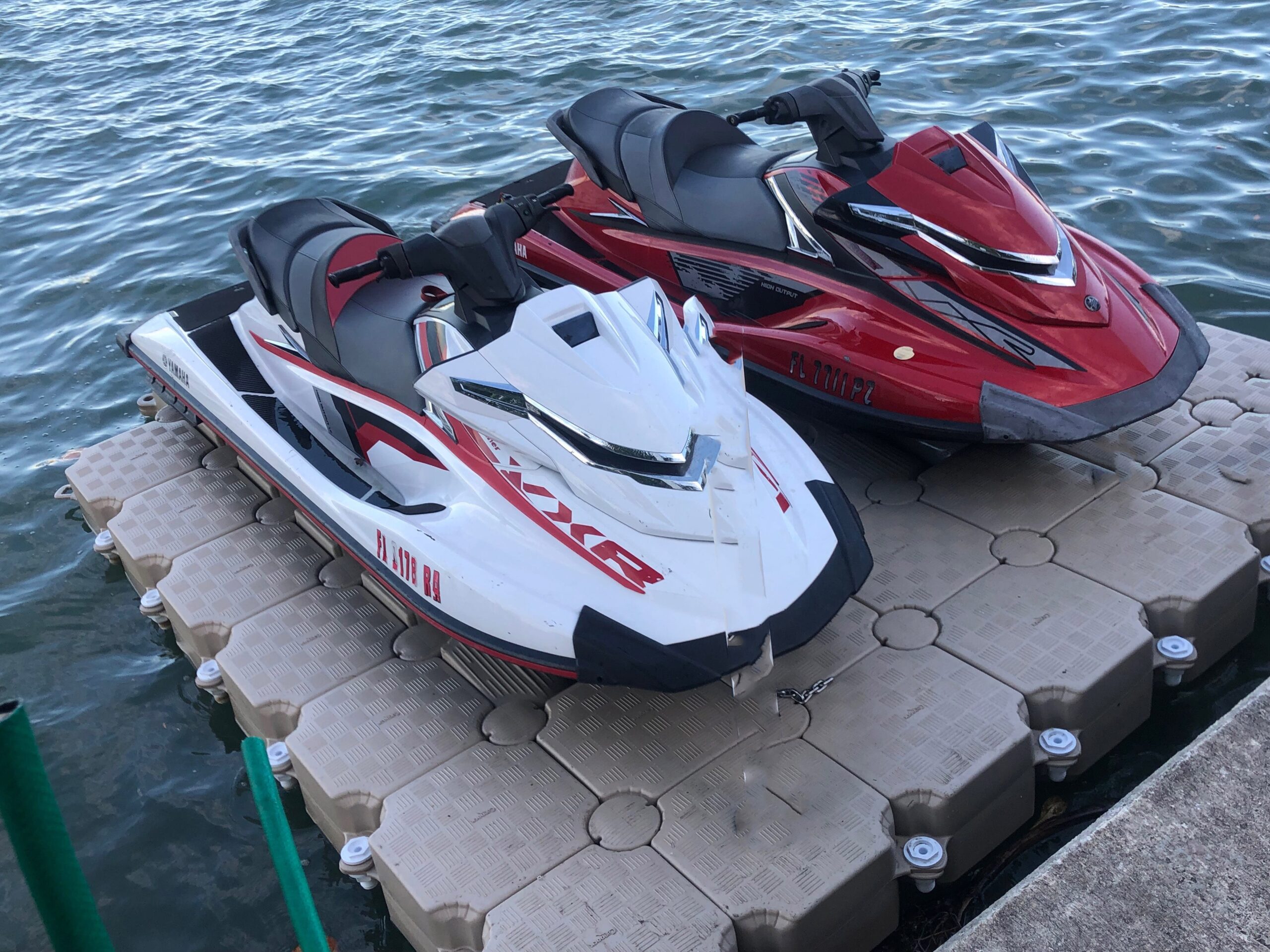Narrow Boats
Narrow boats are a unique and charming aspect of British waterways' history, originally designed to transport goods through the extensive network of canals in the United Kingdom. These specialized boats are characterized by their long, narrow, and flat-bottomed design, which allowed them to easily navigate the small, shallow canals that crisscross the country. Over time, as transportation methods evolved, the use of narrow boats transitioned from industrial to leisure, with people now using them for cruising, living, and even as floating businesses.
The history of narrow boats can be traced back to the 18th century, when the Industrial Revolution spurred the need for a reliable and efficient means of transporting goods across the country. They played a crucial role in the economic growth of Britain, as they transported coal, iron, and other raw materials essential to the burgeoning industries at the time. Although the arrival of railways later diminished their importance, a resurgence in interest during the 20th century led to narrow boats becoming cherished and preserved icons of British heritage.
Today, narrow boats are widely used for recreational purposes, providing tranquility and an escape from the hustle and bustle of urban life. They can be found navigating their way through the picturesque British countryside, as well as being moored in urban areas as unique living spaces. The rich history, varied uses, and enduring appeal of narrow boats continue to draw enthusiasts to Britain's intricate network of canals, breathing new life into these iconic vessels.
Key Takeaways
- Narrow boats have transitioned from industrial transportation to leisure and residential use.
- The historical importance of narrow boats in the United Kingdom's economy is significant.
- Modern narrow boats attract enthusiasts for their historical value and unique experiences they provide.
History of Narrow Boats
Narrow boats have a rich history dating back to the Industrial Revolution in the United Kingdom. These boats were initially designed for the transport of goods along the intricate network of British canals. Made long, slim, and often with beautiful decorations, narrow boats were specifically crafted to navigate the narrow canals of the Midlands region.
Many narrow boats, also known as brummagem boats, originated in Birmingham - a city famous for its canal networks and significant role in the Industrial Revolution. These boats were essential for the efficient transportation of goods such as coal, iron, and groceries to the rapidly growing cities.
In the city of Ely, narrow boats played a crucial role in the development of local commerce. Located in the Fens, a region with an extensive network of rivers and canals, Ely's narrow boat presence facilitated trade and movement of goods in the region.
There are different types of narrow boats depending on their functionality and design. In the past, some boats were used for leisure cruises such as model boats, while others were even converted into floating classrooms for educational purposes.
As the Industrial Revolution progressed, the railway system began to overtake the canals as a primary mode of transportation. Consequently, the need for narrow boats declined, and many were repurposed for leisure and tourism. Nowadays, narrow boats have experienced a resurgence in popularity as people rediscover the beauty and charm of Britain's canal system.
Types of Narrow Boats
Narrow boats are a popular choice for cruising on the UK's extensive canal network. These vessels come in various designs and styles, each offering different features to cater to individual preferences and requirements. In this section, we will discuss some of the popular hull types, including cruiser stern and Fernwood semi-trad, as well as notable manufacturers such as Canalcraft and JD Boat Services.
The cruiser stern is a popular choice among narrow boat enthusiasts due to its spacious rear deck, providing ample space for socializing and enjoying the outdoors while cruising. This type of narrow boat typically has a large open area at the back, allowing for easy access to the engine and steering controls. Cruiser stern narrow boats are often preferred by those who prioritize leisure and relaxation during their canal adventures.
Another popular hull type is the Fernwood semi-trad. This design combines the traditional appearance of a narrow boat with the comfort and space of a cruiser stern. The semi-traditional stern features a partially enclosed rear deck, providing passengers with a balance between indoor and outdoor living spaces. This type of narrow boat is ideal for those seeking a more traditional aesthetic without sacrificing modern comforts.
When choosing a narrow boat, it is essential to consider the vessel's quality and craftsmanship. One notable manufacturer is Canalcraft, known for their range of expertly crafted narrow boats, tailored to cater to individual needs and preferences. With options such as bespoke interior and exterior designs, Canalcraft provides customers with personalized boats that are both stylish and functional.
Another reputable manufacturer and services provider is JD Boat Services. Specializing in high-quality narrow boat repairs and maintenance, they ensure that vessels remain in top condition, providing owners with peace of mind while navigating the canals. JD Boat Services is also known for their selection of meticulously maintained narrow boats available for sale or hire, offering a variety of options for different budgets and requirements.
In summary, narrow boats come in various styles and designs, each offering unique features to suit different preferences. From spacious cruiser stern vessels to traditional Fernwood semi-trad boats, there is a narrow boat for every canal enthusiast. Additionally, manufacturers such as Canalcraft and JD Boat Services ensure that these vessels maintain their quality and performance, allowing owners to focus on enjoying their canal adventures.
Size and Dimensions
Narrow boats come in various sizes to accommodate different needs and preferences. The most common lengths for these watercraft are 40ft, 50ft, and 57ft, though some can reach up to 58ft, such as the Canalcraft JD Boat Services model. These dimensions are often determined by the navigable waterways they traverse, as well as the availability of mooring spaces and personal requirements of the owners.
The 40ft narrow boat is ideal for those new to boating or looking for a smaller watercraft for weekend trips or short-term cruising. These compact boats are easier to manage and maintain, yet they still provide ample living space for a couple or small family. Maneuvering these boats through tight waterways is relatively effortless.
The 50ft narrow boat offers more living space and storage, making it a popular choice for longer journeys or extended periods of living on board. These boats provide extra room for amenities such as larger sleeping quarters and additional storage areas. Their increased size does demand a little more skill when navigating through narrow canals, but seasoned boaters generally find this manageable.
The 57ft Jonathan Wilson / Fernwood Semi-Trad narrow boat is a balance between spaciousness and maneuverability. This length is seen as the maximum standard size for narrow boats on most British waterways, ensuring compatibility with mooring spaces and canal infrastructure. These boats are suitable for long-term cruising or residential purposes, comfortably accommodating both families and larger groups.
The 58ft Canalcraft JD Boat Services narrow boat is a unique option for those seeking an even larger watercraft, but it's essential to consider that these boats may face limitations in some waterways due to their increased size.
In summary, the size and dimensions of a narrow boat can significantly impact its compatibility, manageability, and living space. Potential owners should carefully consider their boating needs and preferences when selecting a suitable narrow boat length.
Usage of Narrow Boats
Recreational Boating
Narrow boats are a popular choice for recreational boating, particularly in the United Kingdom where they were initially designed for use on the extensive network of inland waterways. These boats offer enthusiasts a unique way to explore the countryside while enjoying the comforts of a floating home. Recreational boaters often use narrow boats to partake in activities like cruising the canals, fishing, and bird watching. These vessels can accommodate varying numbers of passengers and crew, making them suitable for both solo travelers and families.
Narrow boats for leisure purposes come in several layouts and designs, catering to the preferences and needs of their owners. River cruisers and purpose-built vessels designed for leisure are available on the market, with new vessels being added to the inventory each year by manufacturers and dealers.
Commercial Use
Historically, narrow boats played a significant role in the commercial transportation of goods across the UK's inland waterways. They were crucial for the movement of cargo such as coal, timber, and agricultural products between various regions of the country. However, with the advent of motorized vehicles and railroad networks, the commercial use of narrow boats has significantly declined.
Despite this decline, there are still instances where narrow boats are employed commercially today. Some businesses operate narrow boat tours or offer vacation rentals, providing a unique experience for visitors looking to explore the waterways at a leisurely pace. Additionally, organizations like the Wooden Canal Boat Society restore and maintain traditional wooden boats for commercial and educational purposes.
Inland Waterways
Narrow boats are specifically designed for navigating through the inland waterways of countries like the UK, where a vast network of canals and rivers stretches over 2,000 miles. Their compact dimensions and low displacement ensure that they can traverse these waterways with ease, maneuvering through narrow and shallow sections. This is a key reason for their continued popularity with both recreational and commercial users alike.
With an increasing emphasis on sustainable and eco-friendly modes of transport, narrow boats have seen a resurgence of interest for their use on inland waterways. For example, the Ross Barlow hydrogen-powered canal boat represents an innovative approach to utilizing clean energy for transportation within the UK's canal network. As environmental awareness grows, it is likely that the use of narrow boats on inland waterways will evolve to meet changing demands and expectations for sustainable travel options.
Buying a Narrow Boat
Purchasing a narrow boat can be an exciting experience, whether it's for leisurely travel through the picturesque canals of England or even as an alternative living space. To make an informed decision, it's essential to consider various factors such as budget, location, and condition.
One of the initial aspects to take into account is the budget. Narrow boats can have a wide range of prices, depending on factors like size, age, and features. It's crucial to establish a realistic financial plan before beginning the search for your ideal boat. Keep in mind that additional costs, such as mooring fees, insurance, and maintenance, should also be factored into your budget.
Location plays an essential role when looking for a narrow boat, as the availability and price of boats can vary considerably between different areas. For instance, while it's possible to find narrow boats for sale in France, you may need to consider import fees or additional expenses if you intend to relocate the boat to the UK canals. It's often a good idea to explore canals and marinas in person before purchasing a boat, as this helps you get a feel for what different regions have to offer.
In terms of boat sourcing, working with reputable brokerages is highly recommended. They can help you sort through the numerous boats available on the market and offer expert advice on the most suitable options based on your needs and preferences. Additionally, brokers can assist with arranging pre-purchase surveys, negotiating prices, and facilitating the transaction process.
When searching for the perfect narrow boat, it's vital to consider the condition of the vessel. If you're willing to put in some work, buying a boat that needs a little renovation can be an exciting project with potential cost savings. However, if you desire a ready-to-use narrow boat, carefully inspecting the interior and exterior for any signs of wear or damage is crucial. This may include checking the hull, paintwork, engine, and plumbing.
In conclusion, making a successful narrow boat purchase involves carefully assessing your budget, considering the perfect location, working with trusted brokerages, and evaluating the condition of potential boats. Following these guidelines can result in an enjoyable and rewarding narrow boat ownership experience.
Maintenance and Propulsion Systems
Narrow boats are a popular mode of transportation and leisure on the UK's canal network. Their maintenance and propulsion systems are crucial to ensure smooth operation and a pleasant experience for boat owners and enthusiasts.
One of the key aspects of narrow boat maintenance is the propulsion system. Traditional narrow boats were powered by diesel engines, but in recent years, there has been a shift towards more environmentally friendly options like hydrogen fuel cell systems and electric motors. These alternative propulsion methods offer a cleaner, quieter, and often more efficient means of powering a boat.
For regular maintenance tasks, Worcestershire is home to JD Boat Services, a reputable company offering a range of services for narrow boats. They provide engine servicing, electrical works, plumbing, and more, helping boat owners keep their vessels in excellent condition.
CanalCraft, another narrow boat specialist, focuses on custom builds and refurbishment projects. Their Low Impact Narrowboat design features a number of sustainable elements, such as solar panels and a highly efficient drive system, which further reduces the boat's environmental impact.
Maintenance of narrow boats also includes general upkeep tasks, such as:
- Cleaning and painting the hull
- Inspecting and servicing the gearbox
- Checking and refilling coolant levels
- Replacing or repairing worn-out components
It is essential for narrow boat owners to regularly inspect their vessels and address any maintenance issues as soon as they arise, to ensure reliable performance and prevent potential problems from escalating. By engaging with knowledgeable service providers like JD Boat Services and CanalCraft, or adopting sustainable propulsion systems, narrow boat owners can enjoy a pleasant, eco-friendly experience on the UK's canal network.
Frequently Asked Questions
What are the typical dimensions of a narrow boat?
Narrow boats are typically 6 feet 10 inches (2.08 meters) wide and can range from 30 to 70 feet (9.14 to 21.34 meters) in length. The standard length for a narrow boat is usually around 50 to 60 feet (15.24 to 18.29 meters). The dimensions of a narrow boat make it suitable for navigating the narrow canals of the United Kingdom.
What factors determine the cost of buying a narrow boat?
The cost of buying a narrow boat varies depending on several factors such as size, age, material used in construction, and interior fittings. New narrow boats may cost £50,000 to £150,000 or more, while used boats may be available for as low as £20,000 to £40,000. Additional factors such as engine type, maintenance, and the presence of additional features like solar panels can also influence the price.
Are there any key differences between narrow boats and wide beam canal boats?
The primary difference between narrow boats and wide beam canal boats is their width. Wide beam canal boats are wider than narrow boats, measuring up to 12 feet (3.66 meters) in width. This increased width provides more living space, making them a popular choice for those looking for a more spacious and comfortable onboard experience.
However, the wider dimensions of a wide beam canal boat may limit its accessibility in some canals, whereas narrow boats can easily navigate through the majority of the United Kingdom's canals.
How do you design the interior of a narrow boat for comfortable living?
Designing the interior of a narrow boat for comfortable living requires careful planning and maximizing available space. Common design strategies include the use of foldaway and multi-purpose furniture, built-in storage, and smart use of vertical space. It's also essential to consider efficient heating and insulation systems for year-round living, along with appropriate kitchen facilities and bathroom arrangements. Keeping the color scheme light and using mirrors can help create a sense of space inside narrow confines.
What are some popular activities to enjoy on a canal boat holiday?
A canal boat holiday offers opportunities to explore the picturesque countryside, visit historic towns and villages, and relax while cruising at a leisurely pace. Popular activities during a canal boat holiday include walking or cycling along towpaths, bird-watching, photography, fishing, and simply enjoying the tranquility and serenity of the surroundings. Many canal boat holidaymakers also take the opportunity to socialize with fellow boaters and learn more about the local history and culture.
Is it possible to find narrow boats for sale in the United States?
While narrow boats are primarily associated with the United Kingdom, it is possible to find them for sale in the United States. However, they may be less common and may have higher prices due to their rarity in that market. To find a narrow boat in the United States, looking for specialized dealerships, consulting online boat sales platforms, or visiting boating forums and Facebook groups dedicated to canal boating might help. Keep in mind that the United States' waterway system may not be suitable for narrow boats, as they were specifically designed for the UK's narrow canals.
